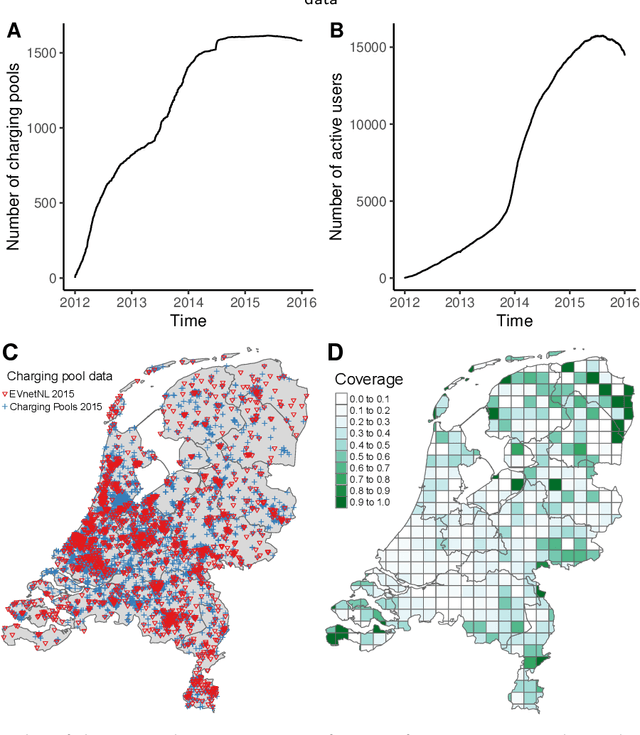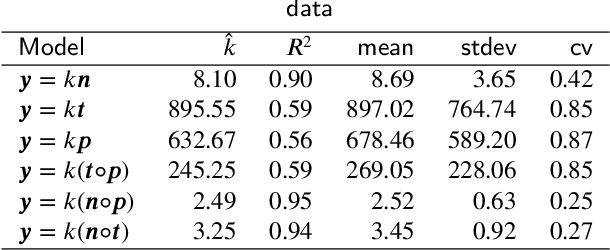Explaining the distribution of energy consumption at slow charging infrastructure for electric vehicles from socio-economic data
Paper and Code
Jun 03, 2020



Here, we develop a data-centric approach enabling to analyse which activities, function, and characteristics of the environment surrounding the slow charging infrastructure impact the distribution of the electricity consumed at slow charging infrastructure. To gain a basic insight, we analysed the probabilistic distribution of energy consumption and its relation to indicators characterizing charging events. We collected geospatial datasets and utilizing statistical methods for data pre-processing, we prepared features modelling the spatial context in which the charging infrastructure operates. To enhance the statistical reliability of results, we applied the bootstrap method together with the Lasso method that combines regression with variable selection ability. We evaluate the statistical distributions of the selected regression coefficients. We identified the most influential features correlated with energy consumption, indicating that the spatial context of the charging infrastructure affects its utilization pattern. Many of these features are related to the economic prosperity of residents. Application of the methodology to a specific class of charging infrastructure enables the differentiation of selected features, e.g. by the used rollout strategy. Overall, the paper demonstrates the application of statistical methodologies to energy data and provides insights on factors potentially shaping the energy consumption that could be utilized when developing models to inform charging infrastructure deployment and planning of power grids.
 Add to Chrome
Add to Chrome Add to Firefox
Add to Firefox Add to Edge
Add to Edge